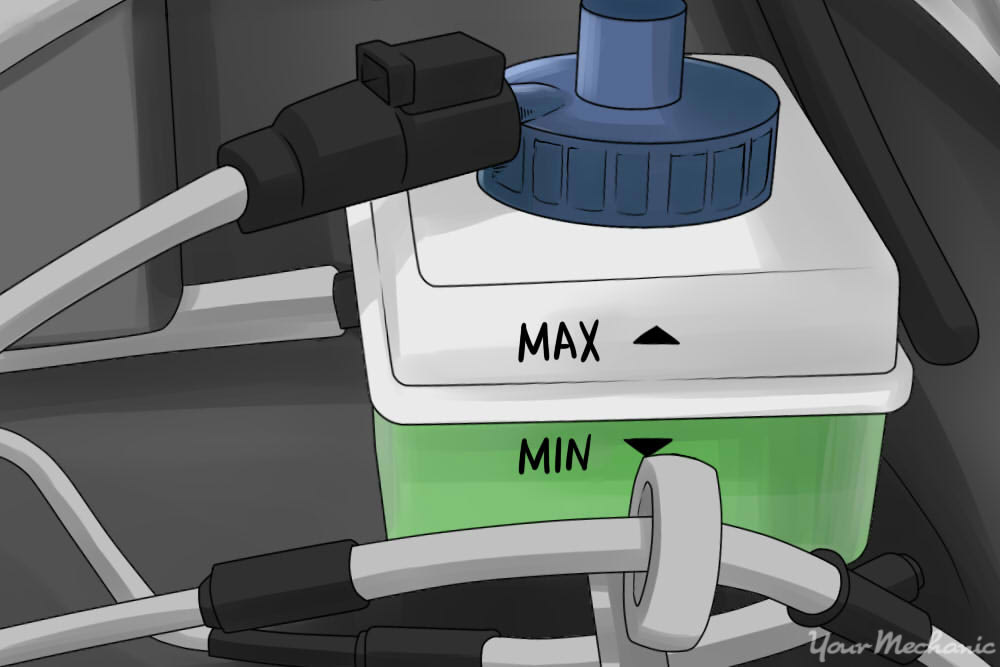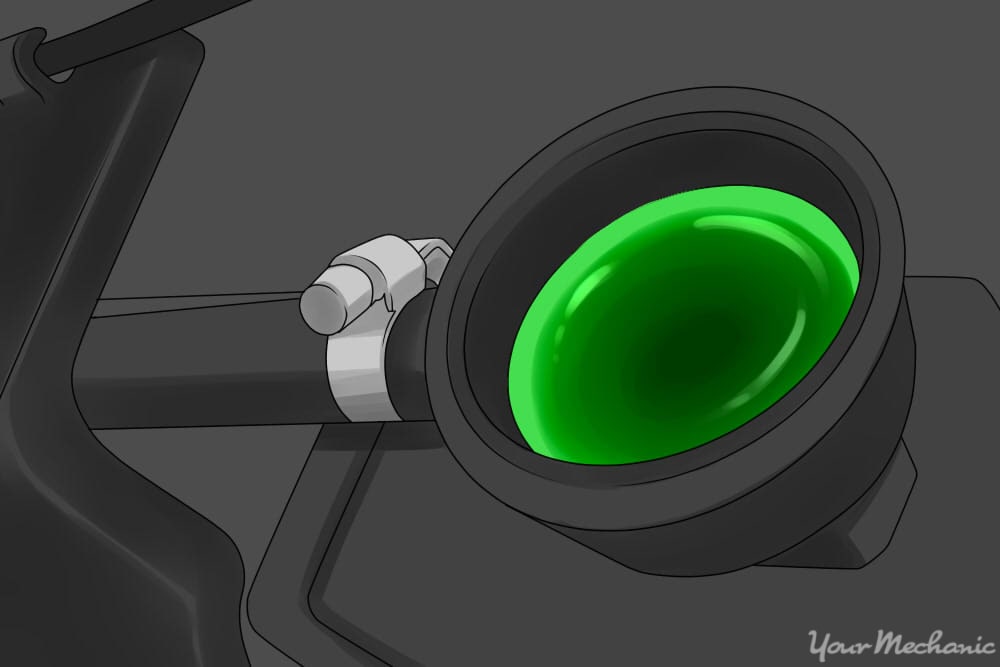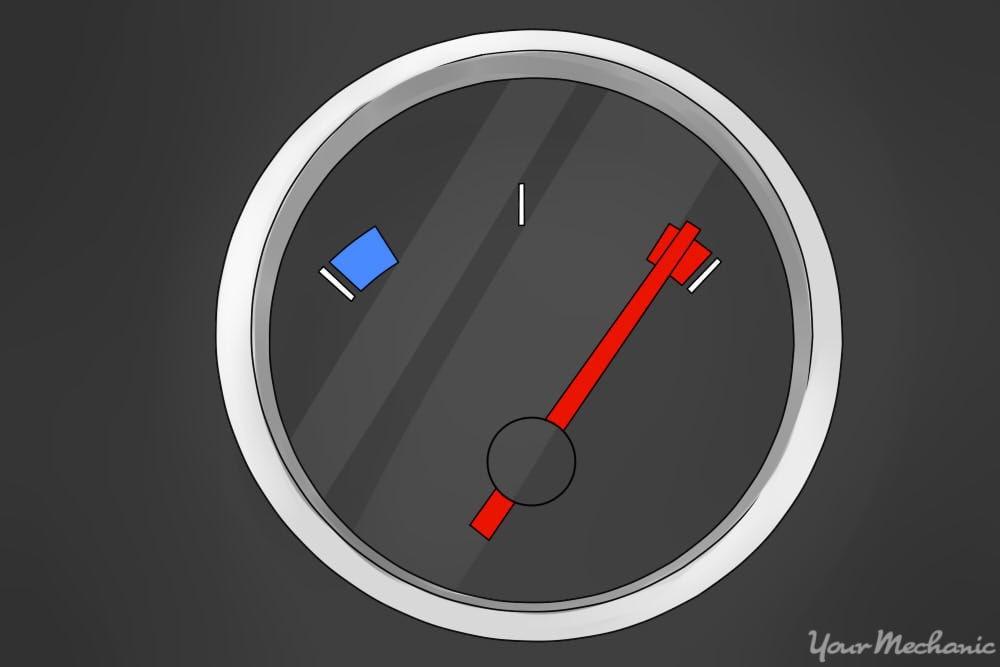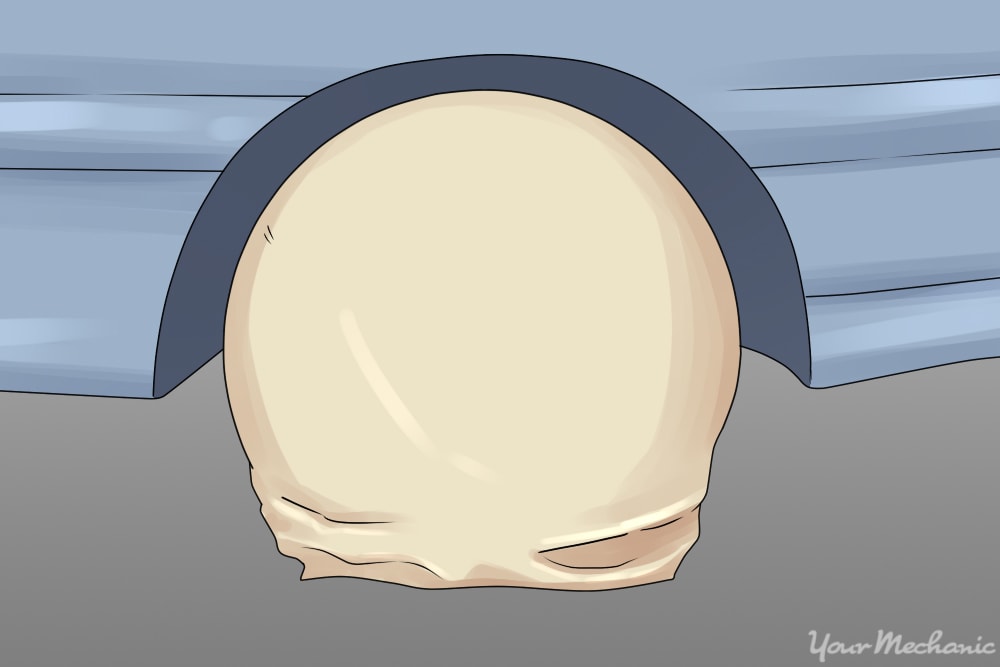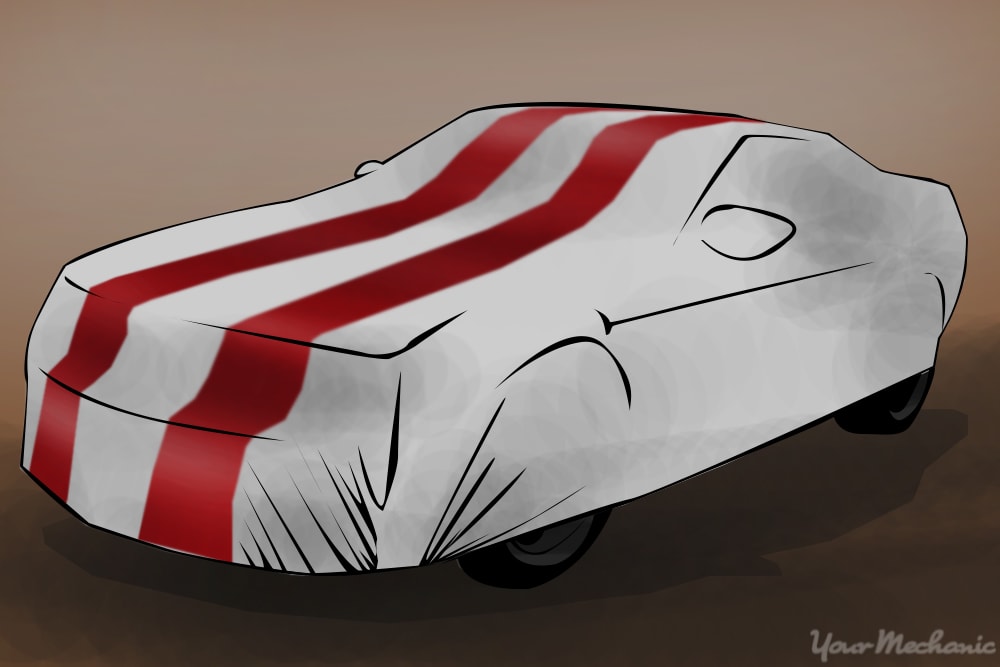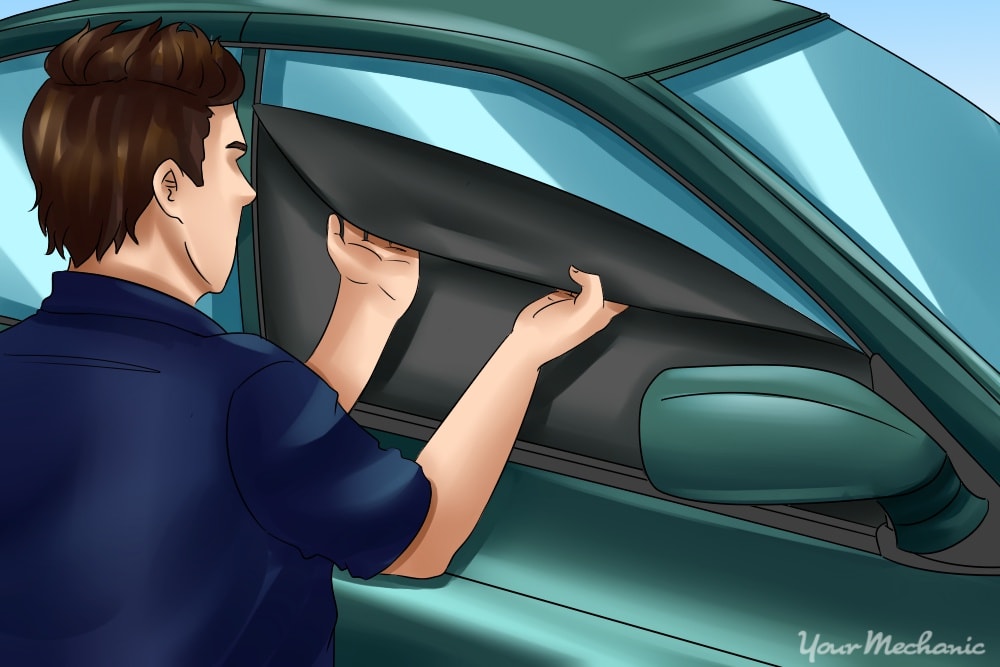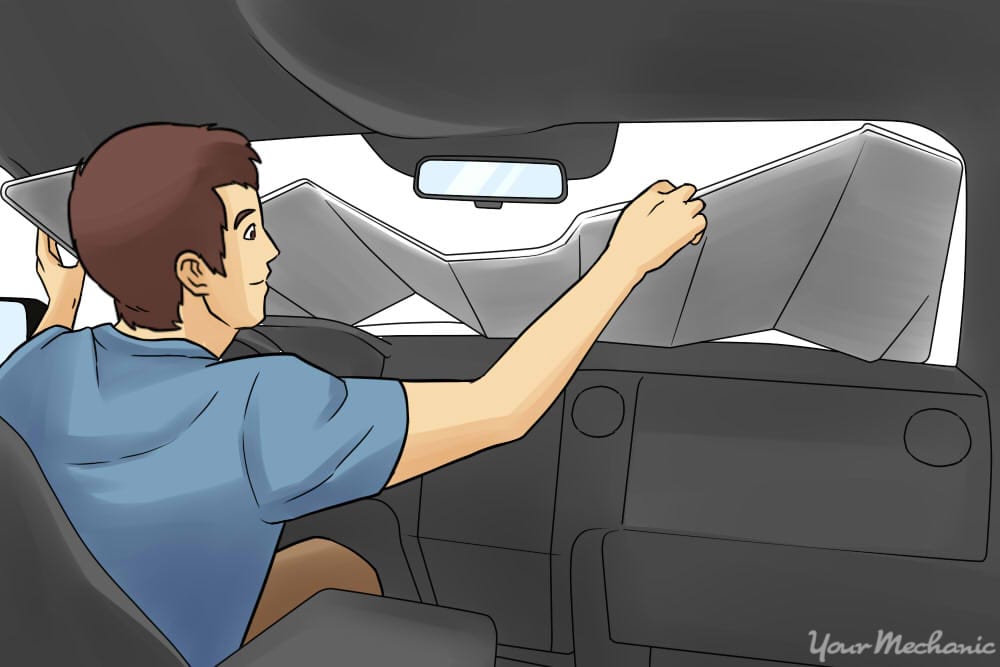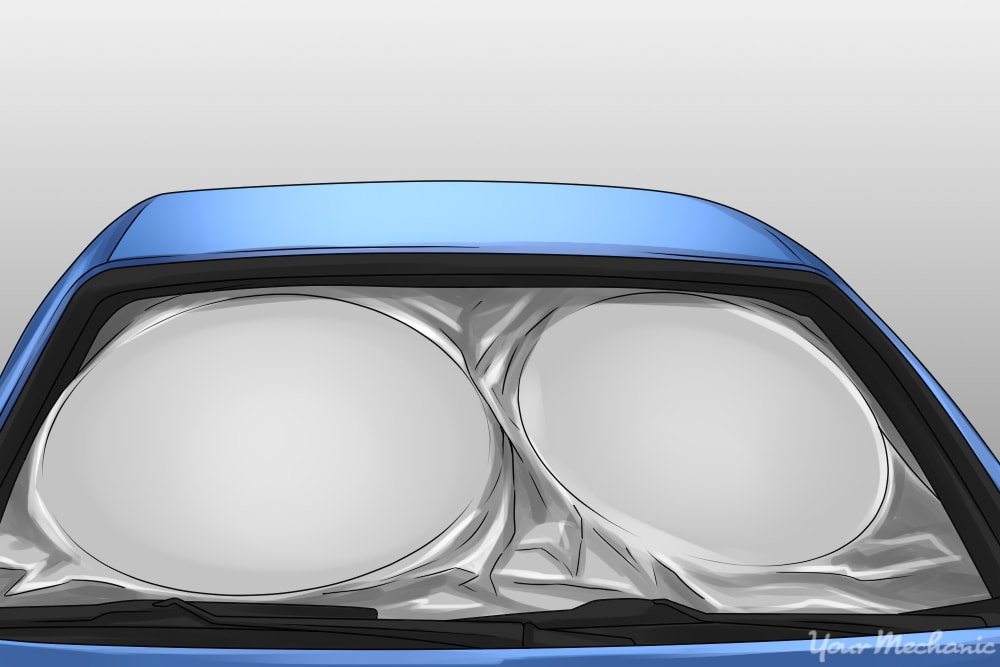

Your car is affected considerably by the environment around it, including:
- Cold, freezing temperatures
- Dry, arid climates
- Hot temperatures and direct sunlight
- Precipitation in the form of rain or snow
If your car is exposed to moisture all the time, you can experience premature corrosion and rust which will need expensive repairs. If your car is in a cold climate, you may find that you’re more predisposed to collisions due to slippery roads or car problems from components freezing up.
If you’re in a hot and dry area, there are a whole set of problems that can occur, including:
- The car’s engine overheats due to poor cooling system operation.
- The paint discolors and peels due to sun exposure.
- The interior plastic or vinyl fades and cracks from the heat and sun’s UV rays.
- The tires experience dry rot due to heat and sun exposure.
You can protect your car from unnecessary damage that it could experience from sunny weather or hot environments in several ways.
Method 1 of 4: Protect your engine from overheating
Your car’s engine already operates at a high temperature, and relies on your cooling system to regulate its temperature at a point where damage to internal components won’t occur.
If the cooling system isn’t operating efficiently, your engine can experience considerable problems.
Step 1: Check your coolant level. Pop the hood and inspect the fluid in your car’s coolant reservoir. Verify that the coolant level is between the MIN and MAX lines.
- Tip: Always check the coolant level when the engine is cold.
Some vehicles do not have a reservoir for coolant, in which case, you will need to check the coolant level in the radiator.
- Warning: Don’t open the radiator cap or coolant reservoir cap if the engine is hot. You can be burned badly by hot coolant. Only loosen and remove the cooling system cap when the engine is cool.
The coolant level in the radiator should be up to the bottom of the filler neck where the radiator cap fastens.
Step 2: Top up the engine coolant. If the coolant level is lower than the full, or MAX, level, add some more coolant to top it up.
Use the same coolant type as what is already in your car’s cooling system. Using another kind of coolant can convert the fluid to gel and result in component failures and blockages that are expensive to repair.
Step 3: Check for coolant leaks. Look underneath your vehicle’s engine area with a flashlight to see if there are any evident drips or leaks.
Tip: Coolant is typically green, pink, or orange, so look for those fluid colors on the ground or for droplets under your engine.
Tip: Coolant commonly leaks from the radiator, the front of the engine area, and from the firewall area. It always runs to the lowest point, then drips off.
If there is a leak present, have it repaired right away. Low coolant will cause your car to overheat and will require extensive repairs.
Step 4: Watch your car’s operating temperature. Most vehicles have a temperature gauge on the instrument cluster. Your vehicle may have a warning message or light instead of a temperature gauge that indicates when your engine is running too hot.
If your car’s coolant temperature is climbing or entering the red zone when you are driving, shut your engine off immediately to prevent engine damage.
- Note: If the warning light comes on, pull over and turn your engine off immediately.
Have any overheating conditions inspected and repaired before you continue to use your car.
Method 2 of 4: Protect your tires from dry rot
Your tires are made of durable rubber that can withstand thousands of pounds of weight and resist punctures, but they are susceptible to damage from the sun and heat.
Step 1: Park in the shade when it’s possible. When the sun is beating down on your car’s tires, especially when the temperature outside is hot, the rubber dries and cracks prematurely.
Park your car in the shade or a garage to prevent direct sunlight on your tires.
Step 2: Cover your tires. If you can’t park in the shade, especially if your car is going to be parked for several days or longer, try to cover your tires after you park.
Use tire covers that are light colored to prevent heat absorption.
- Tip: If you don’t have tire covers, drape towels or sheets over your tires, or prop sheets of plywood against your wheels to protect them.
Step 3: Apply tire dressing. Apply tire dressing to your tires when you detail your car.
Tire dressing prevents your rubber tires from drying out and cracking. Use a quality tire dressing to protect your tires.
Method 3 of 4: Protect your paint from fading and sun damage
Your car’s paint experiences the most effect from the sun’s harmful rays along with hot weather. The paint can fade to a whitish appearance or the clear coat can crack and peel, leaving your car’s metal exposed to corrosion.
Step 1: Wax your car regularly. If the weather is hot outside or if you are in a climate that experiences summer-like weather for a large part of the year, get your car waxed every 4-6 weeks instead of every 6 months.
Use a high-grade wax that indicates that it protects against UV damage.
Step 2: Always park your car in your garage. If it is hot outside, park your car in the garage even if you are going to be leaving again shortly. Any reprieve from the heat and sun will help protect your paint.
Step 3: Park in the shade wherever possible. If you are going to work, the mall, or any other destination, try to find a parking space that is not in the direct sunlight. That might mean a longer walk, but your car’s paint will be protected.
Step 4: Cover your car. If you don’t have a garage or shaded parking available, invest in a car cover. Always use a high-quality cover that is properly sized for your car.
Find a car cover resistant to water penetration so that your car is protected even when it rains.
Cover your car anytime you expect to be gone for an hour or longer. It isn’t very convenient, but your car’s finish will be protected for years.
Method 4 of 4: Protect your car’s interior
Your car’s interior surfaces, especially vinyl, leather, and plastic, can be vulnerable to excessive heat and direct sunlight. Treat these surfaces with a protectant or cover them to minimize the effects of heat on them.
Step 1: Tint your windows. Window tints almost always have a UV protective component that reflects the sun’s harmful rays. The tints also prevent the interior from warming up due to direct sunlight.
You can apply window tint yourself, or if you aren’t comfortable doing it on your own, you can hire a professional to do it for you.
Step 2: Condition the interior leather areas with a moisturizer. The leather in your car loses moisture when it gets hot.
Replenish the moisture in your leather with a high-quality leather conditioner.
Re-apply the conditioner every time you detail your car’s interior, usually every 4 to 6 weeks.
Step 3: Clean your interior trim regularly. Use a protective and conditioning cleaner to clean the trim without drying it out.
Ensure that you use the cleaner every 4-6 weeks when you detail your interior.
Step 4: Use a windshield sunshade. Windshield sunshades reflect the sun’s rays that heat your car’s interior to unbearable temperatures.
Use a sunshade whenever you park your car in the direct sunlight. Prop the sunshade up on the inside of the windshield, above the dash. If there is a reflective or metallic side, position it to face outwards.
On a sunny day, the temperatures inside a car can increase to more than 40 Fahrenheit degrees more than the outside temperature in as little as an hour.
It is imperative that you get your car serviced regularly before hot weather increases any problems in your car. Protect your car from hot weather to ensure that it runs optimally and prevent sun damage to car upholstery, dashboards and steering wheels.


